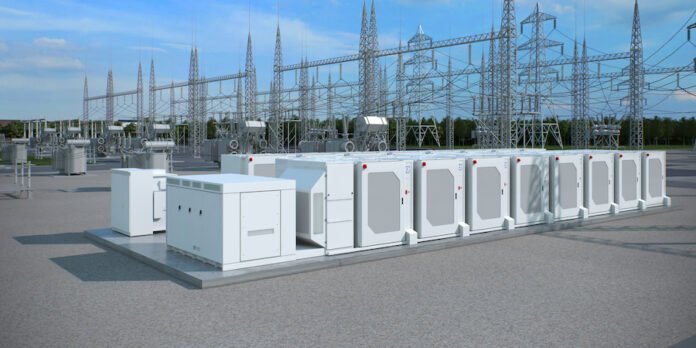As the world continues to face energy challenges, it becomes increasingly important to adopt energy-efficient practices in the workplace. Saving energy not only helps to reduce the carbon footprint but also has the potential to save significant amounts of money on energy bills. In this article, we will explore 12 practical ways to save energy in the workplace, office, or factory.
1. Conduct an Energy Audit
An energy audit is a detailed assessment of energy usage in a building or facility. It helps to identify energy-saving opportunities and provides insights into how energy is being used in the workplace. By conducting an energy audit, you can develop a plan to reduce energy consumption, which can lead to significant cost savings.
2. Use Energy-Efficient Lighting
Lighting can account for a significant amount of energy usage in the workplace. Switching to energy-efficient lighting, such as LED bulbs, can help to reduce energy consumption and save money on energy bills. Additionally, consider using natural lighting by opening blinds or installing skylights.
3. Invest in Energy-Efficient Appliances
Appliances such as refrigerators, air conditioners, and heaters can consume a lot of energy. Investing in energy-efficient appliances can help to reduce energy consumption significantly. Look for appliances with the ENERGY STAR label, which indicates they meet energy-efficient guidelines.
4. Turn Off Appliances When Not in Use
Encourage employees to turn off appliances such as computers, printers, and other equipment when not in use. This simple step can save a significant amount of energy and reduce energy bills.
5. Optimize HVAC Systems
HVAC systems are responsible for a large portion of energy usage in the workplace. Regular maintenance and optimization of HVAC systems can help to improve energy efficiency and reduce energy consumption.
6. Use Renewable Energy Sources
Consider using renewable energy sources such as solar panels or wind turbines to generate electricity in the workplace. While it may require an initial investment, it can lead to significant cost savings in the long run.
7. Use Motion Sensors
Installing motion sensors in areas such as restrooms and conference rooms can help to reduce energy consumption. These sensors turn off lights and other equipment when not in use, saving energy and reducing energy bills.
8. Encourage Telecommuting
Encouraging telecommuting or remote working can significantly reduce energy consumption in the workplace. It eliminates the need for employees to commute to work, reducing energy usage from transportation.
9. Implement a Recycling Program
Implementing a recycling program can help to reduce waste and energy consumption. Recycling reduces the need for new products to be manufactured, which can save energy and reduce carbon emissions.
10. Install Energy-Efficient Windows
Installing energy-efficient windows can help to reduce energy consumption in the workplace. These windows are designed to reduce heat transfer, keeping the building cool in summer and warm in winter, which can lead to significant cost savings.
11. Use Energy-Efficient Insulation
Proper insulation is essential for energy efficiency in the workplace. Insulating walls, ceilings, and floors can help to reduce energy consumption and save money on energy bills.
12. Educate Employees
Education and awareness are crucial for saving energy in the workplace. Educate employees on the importance of energy efficiency, how to use energy-efficient equipment, and encourage them to adopt energy-saving habits.
Conclusion
Saving energy in the workplace is crucial for reducing the carbon footprint and saving money on energy bills. Implementing energy-saving practices such as conducting an energy audit, using energy-efficient lighting and appliances, optimizing HVAC systems, and educating employees can help to significantly reduce energy consumption. By adopting these simple practices, we can make a positive impact on the environment and our bottom line.
